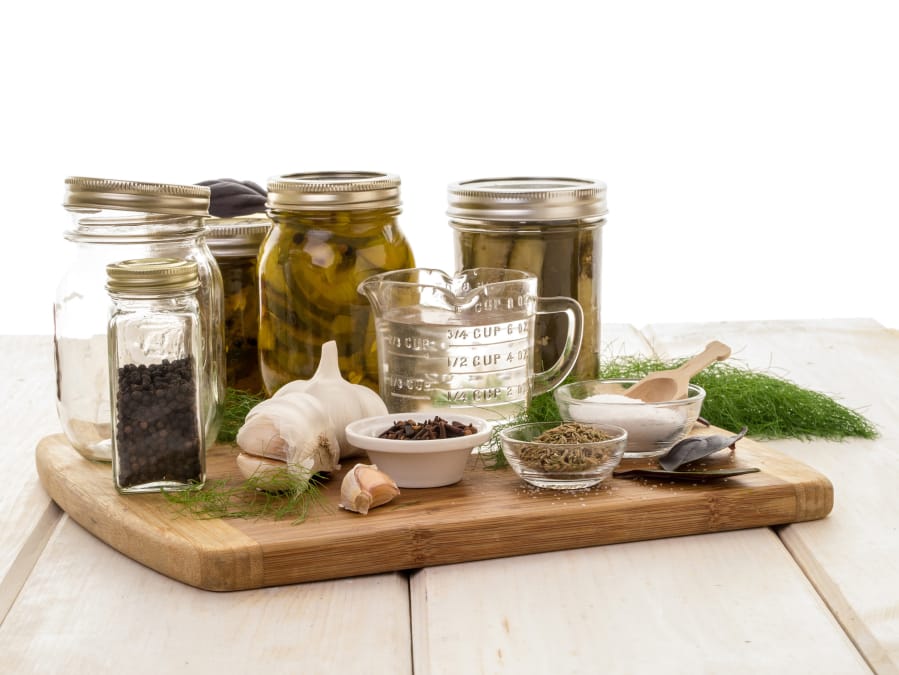The last time I hit up my beloved Second Ave. Deli back home, a corned beef on a club roll cost something like $20. Twenty bucks! Granted, it’s bigger than my head and I’d be walking out with leftovers, but even so. Jeez.
Every year I feel more like my mother, who loves to tell me how when she was a kid, she could buy two candy bars and see a movie for a quarter.
“At least the pickles are free,” my daughter said, snatching a half-sour from the bowl on the table.
“Truth,” I said, joining her, and together we snapped into a taste of my childhood.



